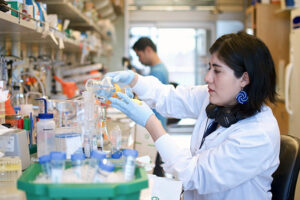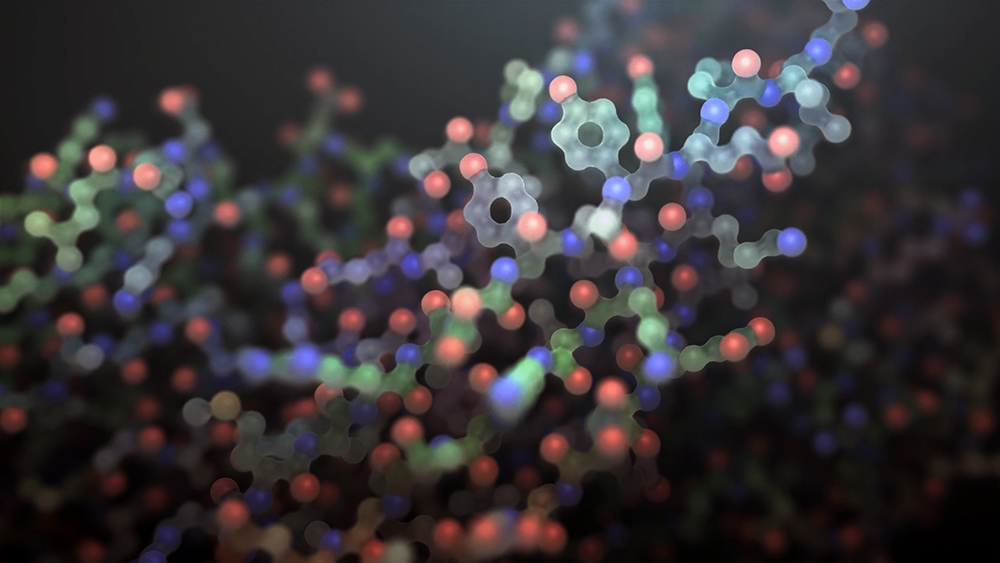The Baker lab at the Institute for Protein Design at the University of Washington School of Medicine continues to drive innovation in AI-driven advances for protein design. This time, the team used deep learning methods to create protein molecules that bind with exceptionally high affinity and specificity to a variety of challenging biomarkers, including human hormones. Notably, the scientists achieved the highest interaction strength ever reported between a computer-generated biomolecule and its target.
“The ability to generate novel proteins with such high binding affinity and specificity opens up a world of possibilities, from new disease treatments to advanced diagnostics,” notes David Baker, PhD, professor of biochemistry at UW Medicine and Howard Hughes Medical Institute investigator.
This paper is published in Nature, in the paper, “De novo design of high-affinity binders of bioactive helical peptides.”
The team of graduate students in the Baker lab, Susana Vazquez-Torres, Preetham Venkatesh, and Phil Leung, set out to create proteins that could bind to glucagon, neuropeptide Y, parathyroid hormone, and other helical peptide targets. Many peptide hormones, the authors note, form an alpha-helix upon binding their receptors. They add that the design of interactions between proteins and short peptides with helical propensity is an unmet challenge.

“There are many diseases that are difficult to treat today simply because it is so challenging to detect certain molecules in the body. As tools for diagnosis, designed proteins may offer a more cost-effective alternative to antibodies,” explained Venkatesh.
The study introduces a novel protein design approach that uses advanced deep-learning methods. The researchers present a new way of using RFdiffusion, a generative model for creating new protein shapes, in conjunction with the sequence-design tool ProteinMPNN.
More specifically, the authors show that “by extending RFdiffusion to enable binder design to flexible targets, and to refining input structure models by successive noising and denoising (partial diffusion), picomolar affinity binders can be generated to helical peptide targets both by refining designs generated with other methods, or completely de novo starting from random noise distributions.”

By combining these tools in new ways, the team generated binding proteins by using limited target information, such as the peptide’s amino acid sequence alone. The broad implications of this “build to fit” approach suggest a new era in biotechnology in which AI-generated proteins can be used to detect complex molecules relevant to human health and the environment.
Together with collaborators, the team conducted laboratory tests to validate their biodesign methods. Mass spectrometry was used to detect designed proteins that bind to low-concentration peptides in human serum, thereby demonstrating the potential for sensitive and accurate disease diagnostics. Additionally, the proteins were found to retain their target binding abilities despite harsh conditions including high heat, a crucial attribute for real-world application. Further showcasing the method’s potential, the researchers integrated a high-affinity parathyroid hormone binder into a biosensor system and achieved a 21-fold increase in bioluminescence signal in samples that contained the target hormone. This integration into a diagnostic device highlights the immediate practical applications of AI-generated proteins.
“We’re witnessing an exciting era in protein design, where advanced artificial intelligence tools, like the ones featured in our study, are accelerating the improvement of protein activity. This breakthrough is set to redefine the landscape of biotechnology,” noted Vasquez-Torres.



